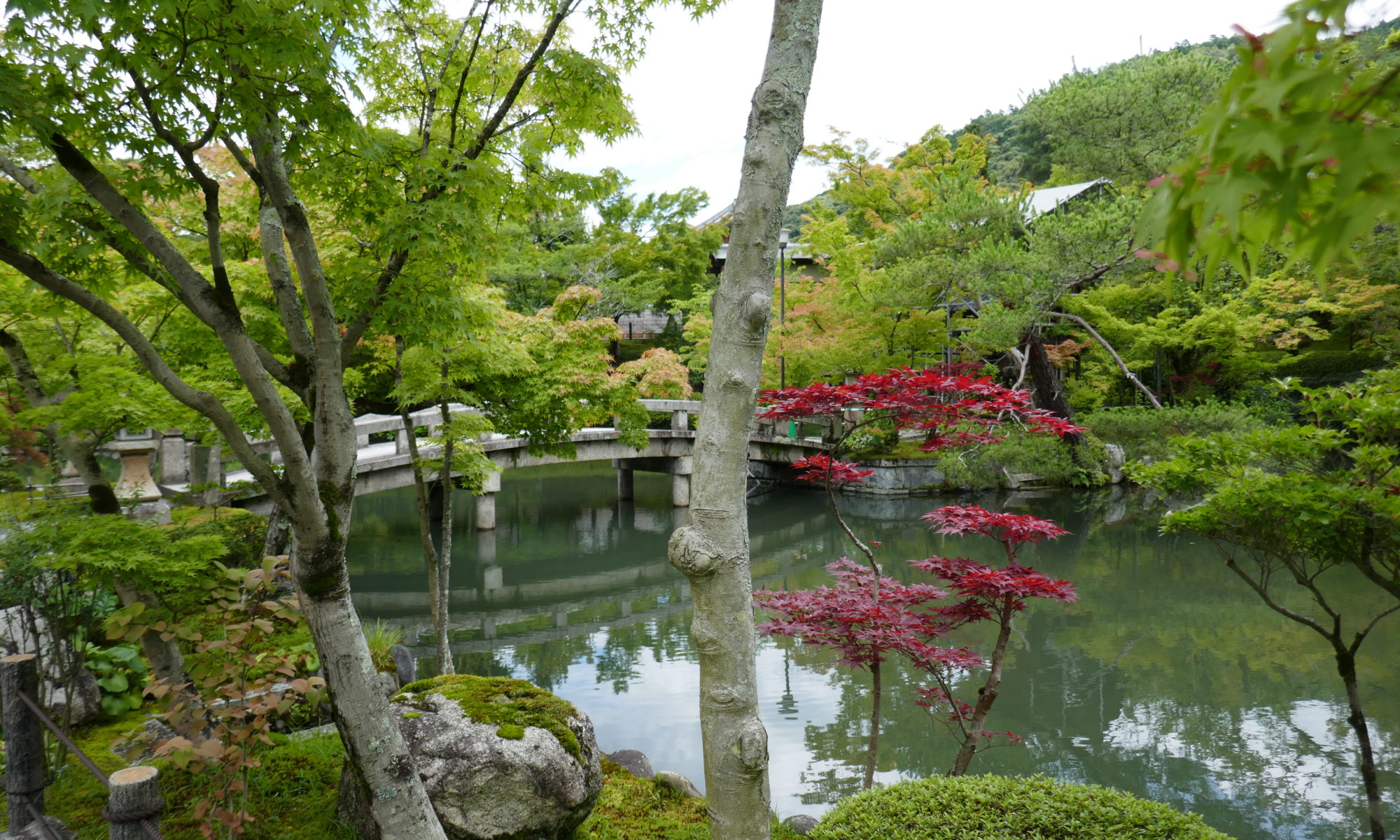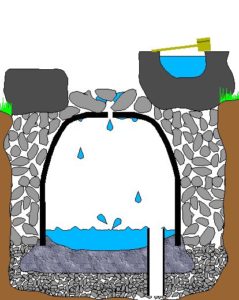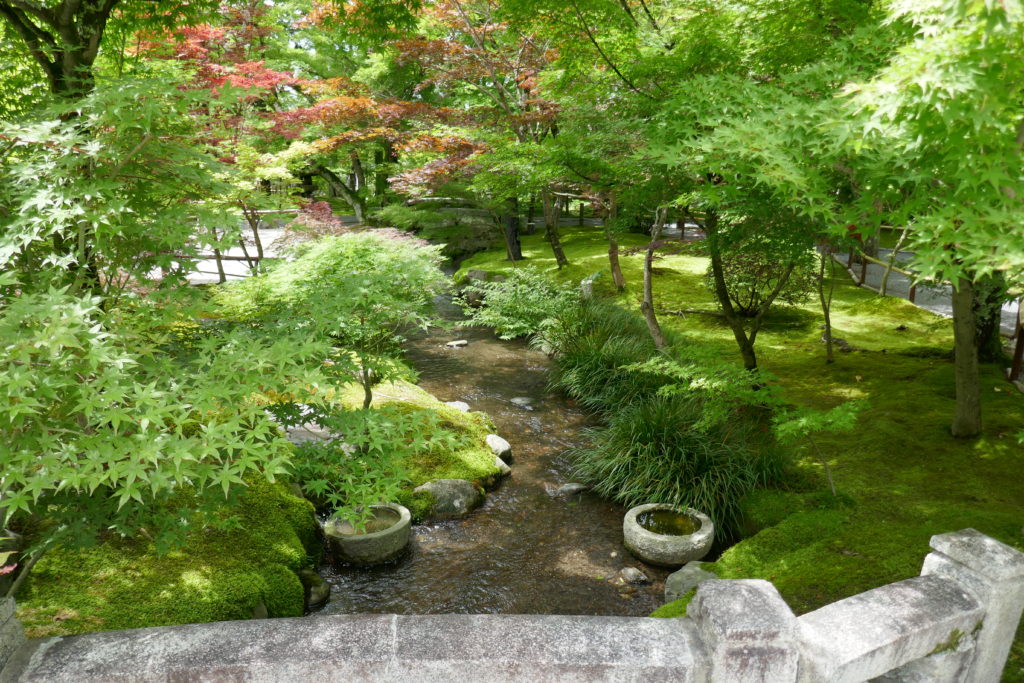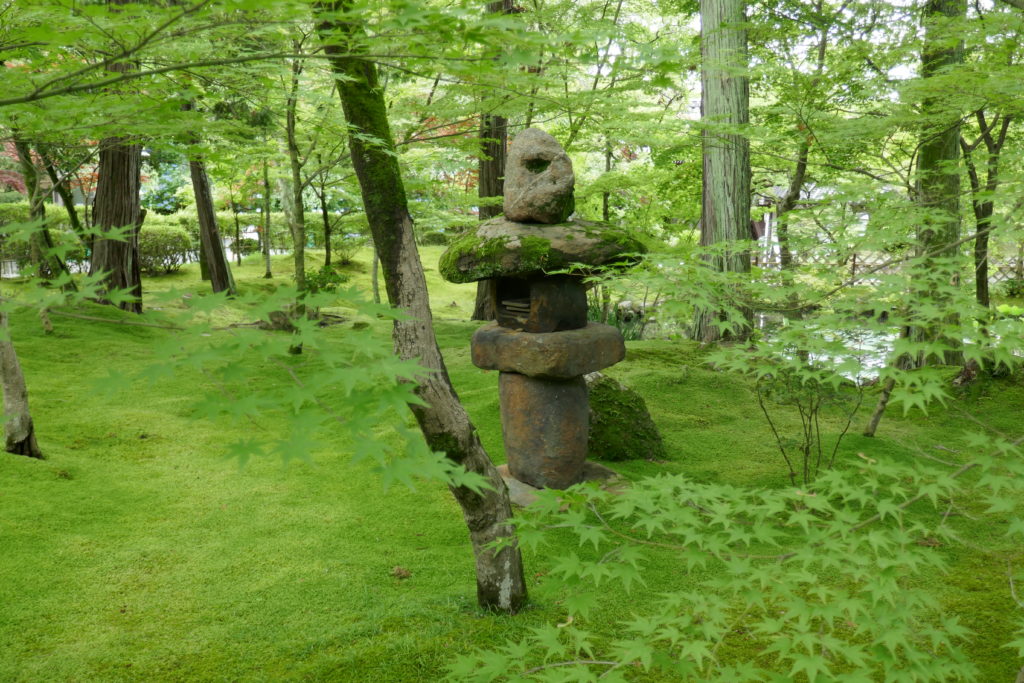Eikando is a Temple just off the Philosophers path in Kyoto. It was the first stop of an unforgettable day.
Our time in Kyoto was nearly over and we still hadn’t walked the Philosophers Path. Our plans included a week here ̶ lots of time to see the main sites. However, there is never enough time and the list of places had grown rather than reduced. But we had read several articles about this walk and decided it was not to be missed.
The Philosophers Path is renowned for its beauty, especially in Cherry season. There are Shrines and Temples that can be accessed along the way as well as many interesting shops.
We decided to walk there from Higashiyama where we were staying. Eikando is just before you reach the southern end of the path.
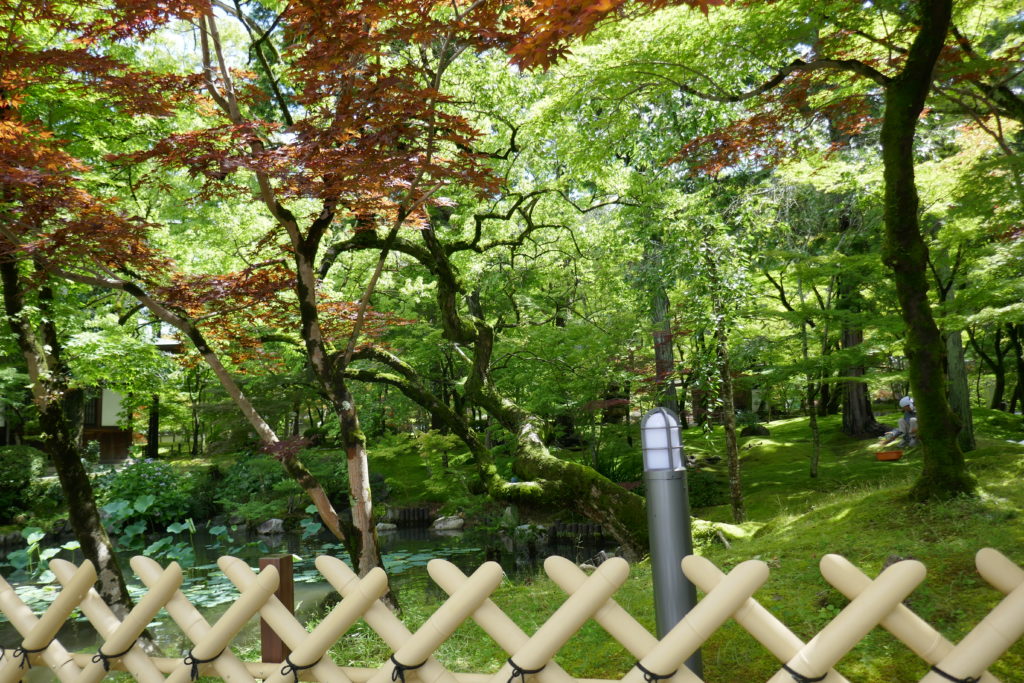
Eikando
We approached the temple area from a side street. Our first view of the garden was through a bamboo fence bordering mossy mounds, a small pond and dappled shade from the many trees. A gardener was weeding the moss and it was like a glimpse into another world.

Around the corner a friendly gate keeper showed us the entrance. The path to the temple took us through a tranquil garden, lush and green with Maples. Originally called Zenrin-ji Temple, the literal translation is ‘Temple in a calm grove’.
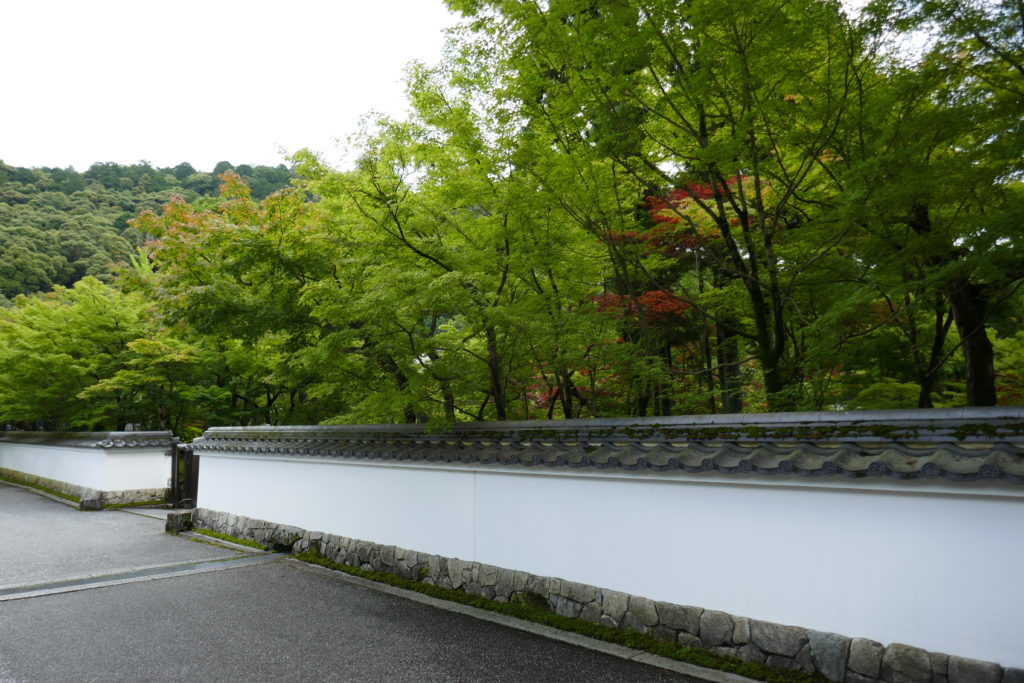
Within the Temple
Eikando is built at the base of a hill. We stopped numerous times along the covered but open wooden corridors that connect the main buildings. Every turn revealed a lush courtyard or views into rooms with murals and fusuma art, the hillside with moss, ferns and water trickling at its base, garden views and statues and ornaments both inside and outside the buildings.
The most well-known of these is a statue of the Amida Buddha which has the unusual feature of Amida with his head turned sideways.
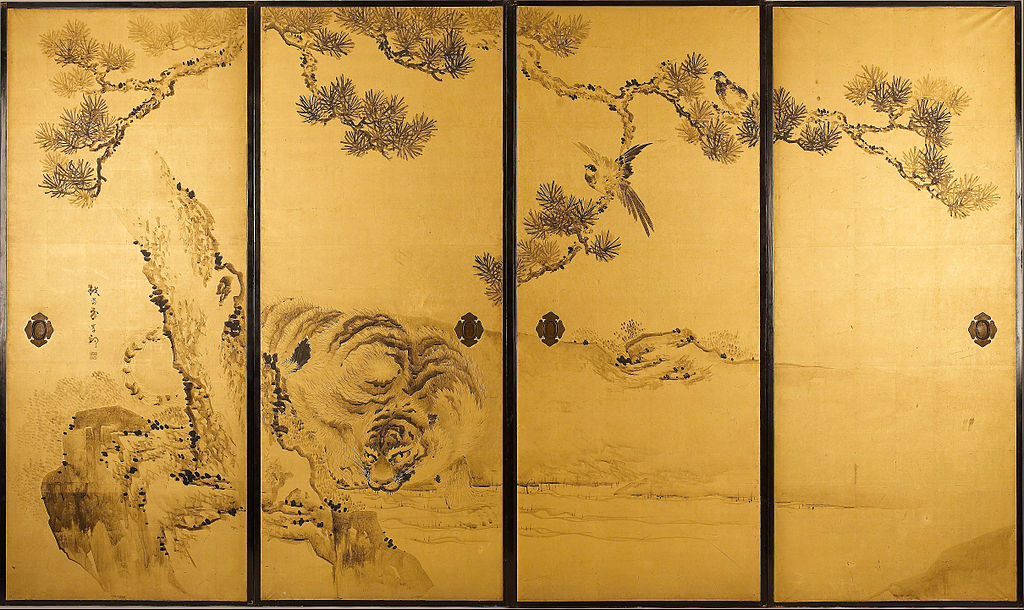
Kishi Ganku Fusuma: Tigers and Dragon
This is an example of Fusuma Art. Sliding doors used to separate rooms.
https://commons.wikimedia.org/wiki/File:Kishi_Ganku_-_Fusuma-_Tigers_and_Dragon_-_Google_Art_Project.jpg#filelinks
The Singing Urn
At the bottom of the steps to Taho-to Pagoda was a Singing Urn. Called a Suikinkutsu, it looked both a garden ornament and a musical instrument. Their origins come from wash basins used to cleanse the hands and the sounds created when water dropped onto stones below.
A large earthenware pot is buried upside down. Water is slowly poured through a hole at the top of the urn and drops onto a pool of water at the base. The sound produced inside the urn is quite musical and beautiful.
Taho-to Pagoda
This is the most eye-catching of the temple buildings. The views over Kyoto from the Pagoda and views over the garden as we climbed up were lovely. Built on the hillside above the other buildings, it is surrounded by trees. Its design is unusual as the lower level is square while the second level is round.
Inside the Pagoda, Shaka Nyorai and Taho Nyorai are enshrined.
Garyuro
The Garyuro is the wooden corridor and steps that take you up to the Pagoda. The name comes from its resemblance to a sleeping dragon (garyu) as it curves around the edge of the hillside. The unique carpentry of the structure is a feature.
There are signs displayed as you enter the temple area forbidding photography. Unfortunately, on returning home we discovered it didn’t include the courtyards and internal garden areas.
We spent several hours here, within the temple complex and wandering through the gardens. We could easily have stayed all day.
Hojo-ike
Hojo-ike pond and small streams add to the beauty of the garden as do traditional features like stone bridges and lanterns, raked gravel beds, beautifully shaped trees and shrubs. In summer it was cool, lush and shady. With so many Maple trees it is easy to understand why it is a renowned for its magnificent Autumn colour display.
Eikan-do is peaceful, serene- a place to spend an hour or a day.
For further information visit Eikando Home Page. This includes the history of the temple as well as a map of the grounds. Photos depict various views across the 4 seasons. There is also a short video of images accompanied by a very beautiful piano composition by Aiko Kuzuki.
| Eikando
Opening hours: 9.00 – 4.00pm. Gates close at 5.00pm Cost: 600 JPY 400 JPY Access: #5 Bus from Kyoto Station. A 3 minute walk from Nanzen-ji Eikando- michi bus stop. #100 Bus from Kyoto Station. 5 minute walk from Higashi-Tenno-cho bus stop. Toilets: Available |
For other gardens to visit read this article
